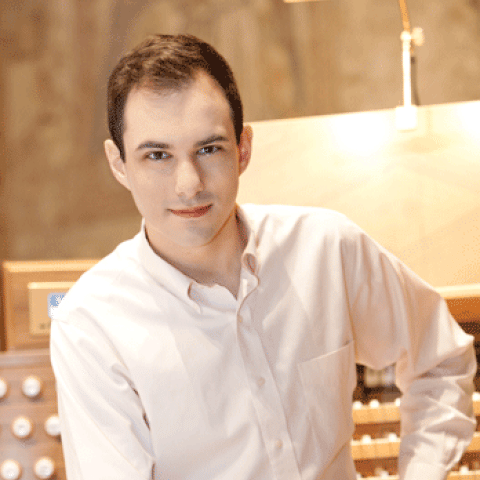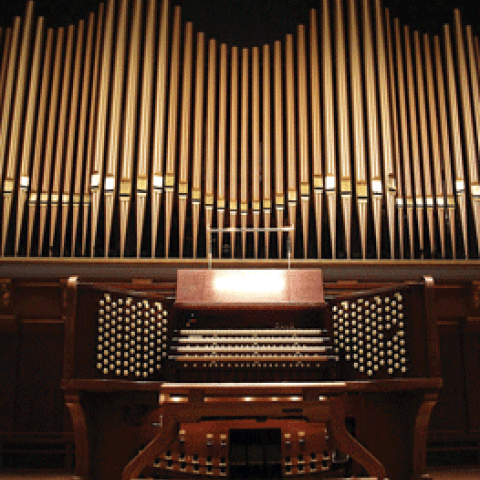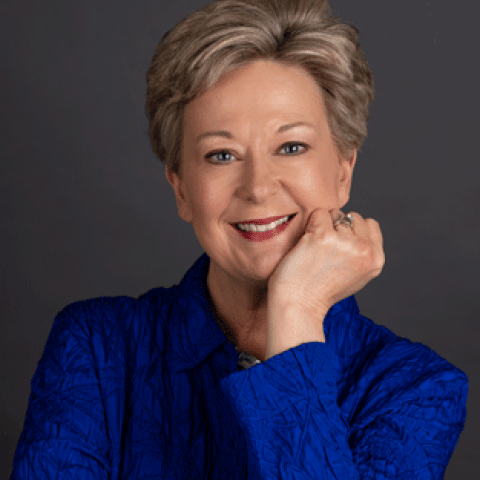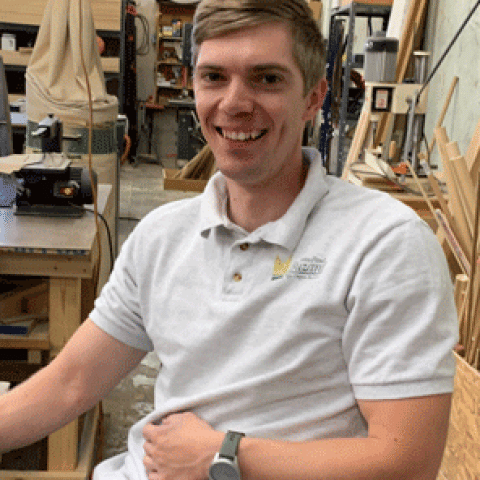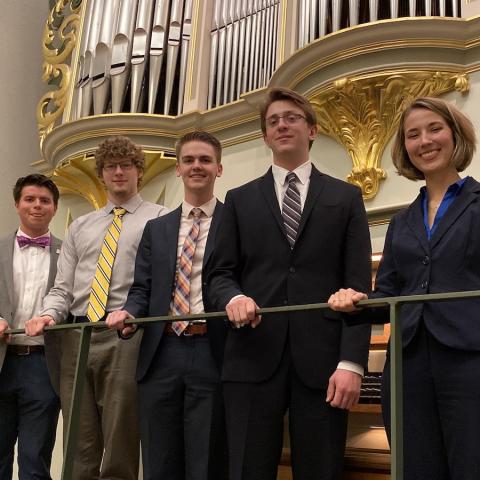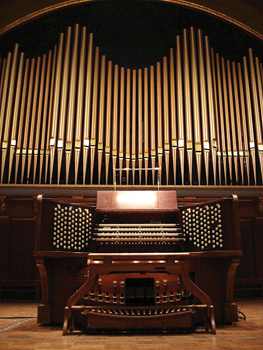
The University of Michigan organ department’s 60th annual organ conference, “Creative Collaborations in a Time of Change,” October 5–10, will occur in an online format this year.
The conference topics will explore how organists, harpsichordists, carillonists, and sacred musicians use art to come together, build community, and support, comfort, and heal, addressed in a series of live-streamed lectures and pre-recorded performances. All events may be viewed free of charge and registration is not required. Livestreams occur at noon and 8:00 p.m. daily, with events archived for later viewing.
Presenters include Sarah Simko, Joey Brink, Ryan Mueller (all 20 Under 30 awardees of The Diapason), Michael Barone, Darlene Kuperus, Jeremy David Tarrant, and James Kibbie.
For information: myumi.ch/organconference.

